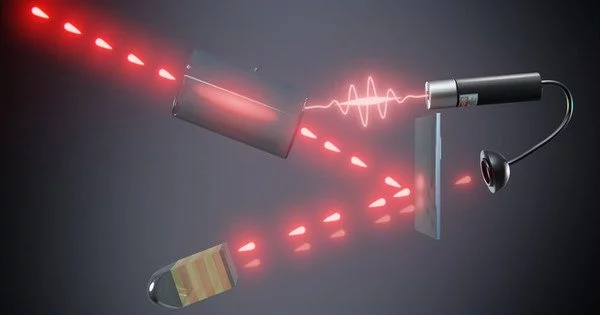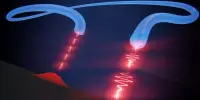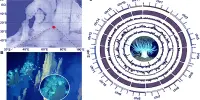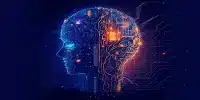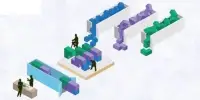Developing quantum communications is a significant step forward in data security, but without a network to facilitate information exchange, the effectiveness and utility of that communication is limited. A quantum network, like classical networks, enables the secure transmission and exchange of quantum communications (quantum cryptographic keys) over fiber optic cable between distinct, physically-separated quantum processors, or endpoints.
Communication networks require nodes where information is processed or rerouted. Physicists at the University of Basel have developed a network node for quantum communication networks that can store single photons in a vapor cell and pass them on later.
Information is transmitted by single light particles in quantum communication networks (photons). Buffer elements that can temporarily store and later re-emit the quantum information contained in photons are required at the nodes of such a network.
Prof. Philipp Treutlein’s group at the University of Basel has developed a quantum memory based on an atomic gas inside a glass cell. The atoms do not need to be specially cooled, making the memory simple to manufacture and versatile, even for satellite applications. Furthermore, the researchers created a single photon source, which allowed them to test the quality and storage time of the quantum memory. I recently published their findings in the scientific journal PRX Quantum.
The suitability of warm atoms in vapor cells for quantum memories has been studied for the past twenty years. The number of photons hitting the vapor cell in a given period in classical light follows a statistical distribution; on average, it is one photon, but it can be two, three, or none.
Gianni Buser
Warm atoms in vapor cells
“The suitability of warm atoms in vapor cells for quantum memories has been studied for the past twenty years,” says Gianni Buser, a PhD student who worked on the experiment. “In most cases, however, attenuated laser beams – and thus classical light – were used.” The number of photons hitting the vapor cell in a given period in classical light follows a statistical distribution; on average, it is one photon, but it can be two, three, or none.
Treutlein and his colleagues developed a dedicated single photon source that emits exactly one photon at a time to test the quantum memory with “quantum light,” that is, always exactly one photon. The instant that happens is signaled by a second photon, which is always sent out at the same time as the first. This allows the quantum memory to be activated at the appropriate time.
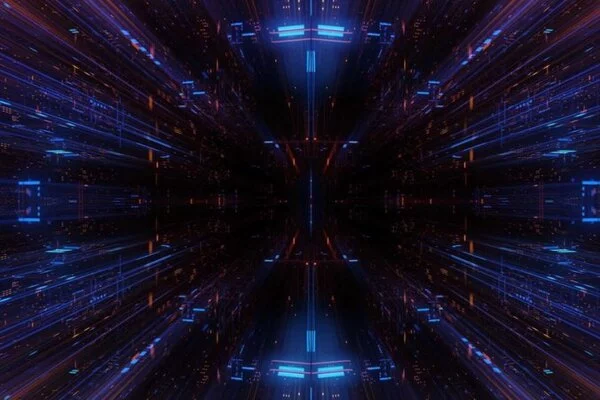
The single photon is then directed into the quantum memory where, with the help of a control laser beam, the photon causes more than a billion rubidium atoms to take on a so-called superposition state of two possible energy levels of the atoms. The photon itself vanishes in the process, but the information contained in it is transformed into the superposition state of the atoms. A brief pulse of the control laser can then read out that information after a certain storage time and transform it back into a photon.
Reducing read-out noise
“Up until now, a critical point has been noise — extra light produced during the read-out that can compromise the quality of the photon,” explains Roberto Mottola, another PhD student in Treutlein’s lab. Using a few tricks, the physicists were able to reduce the noise to the point where the single photon quality remained high even after storage times of hundreds of nanoseconds.
“Those storage times aren’t very long, and we didn’t actually optimize them for this study,” says Treutlein, “but they’re already more than a hundred times longer than the duration of the stored single photon pulse.” This means that the Basel researchers’ quantum memory can already be used for intriguing applications. For instance, it can synchronize randomly produced single photons, which can then be used in various quantum information applications.
